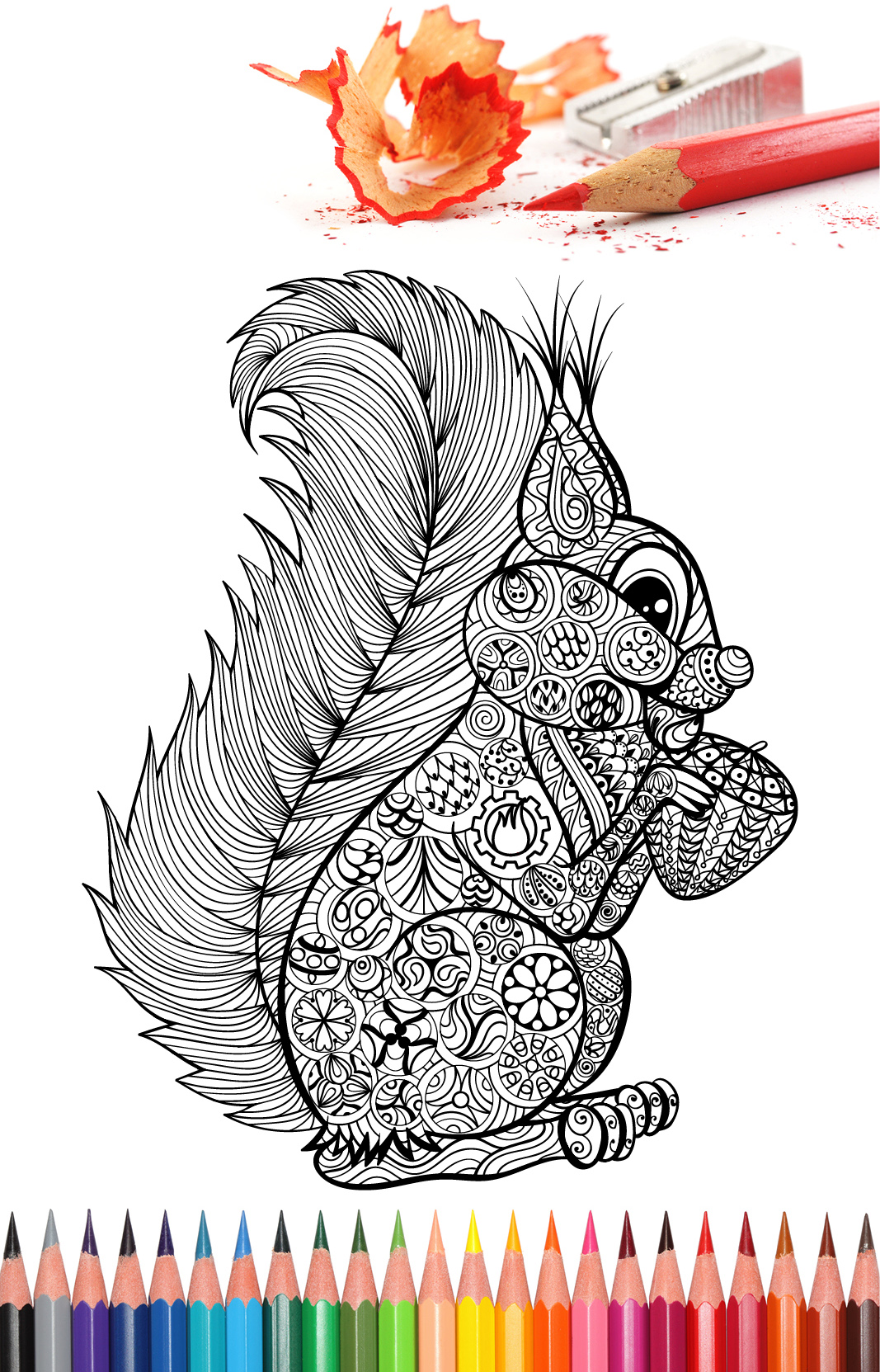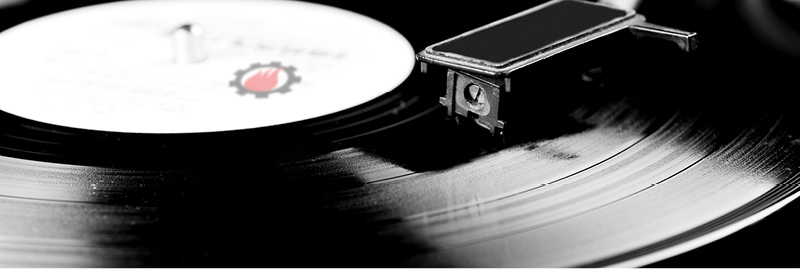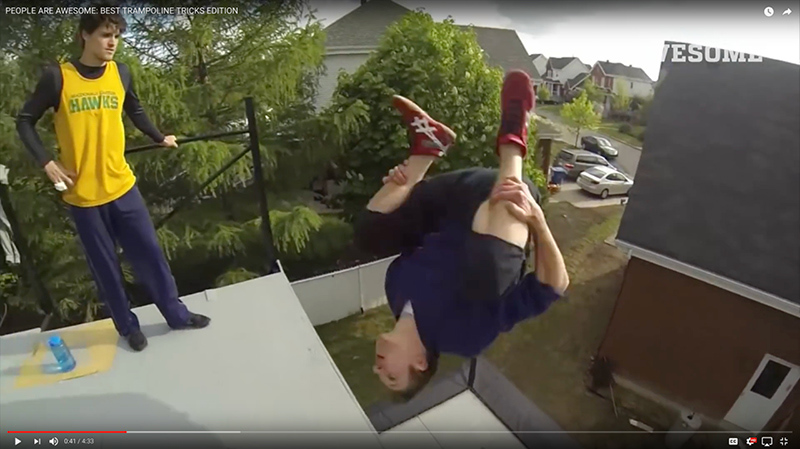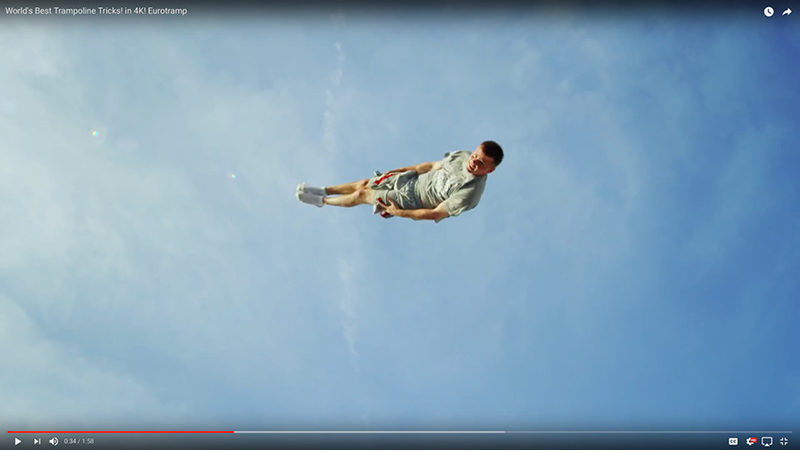“Squirrel!!”

Squirrels are so great!!!
Ok, so I have to admit it – I am fascinated watching squirrels run around. The amount of energy they have especially when you watch one chase the other around the yard. It does make you wonder, are they just playing tag or is one of them really, really ticked! With all of this “stay at home time”, really any movement in the yard is of interest these days – birds, rabbits, deer – we even have wild turkeys in town. Here in Ohio, most of our squirrels are brown in color, with big bushy tails (for those of you who aren’t from around here, we do have some black squirrels on the west side of Cleveland and in the suburb of Lakewood!) So, here’s a little trivia and nutty facts about these fun-fulled entertainment creatures. Special thanks to Wikipedia, gizmodo and National Wildlife Association for the info.
– Squirrels are members of the family Sciuridae, a family that includes small or medium-size rodents. (This certainly explains why many folks call squirrels simply rats with bushy tails!) The squirrel family includes tree squirrels, ground squirrels, chipmunks, marmots (including groundhogs), flying squirrels, and prairie dogs amongst other rodents.
– The earliest known fossilized squirrels date from the Eocene period and are most closely related to the mountain beaver and to the dormouse among other living rodent families.
– Squirrels are indigenous to the Americas, Eurasia, and Africa, and were introduced by humans to Australia.
– The word “squirrel”, first attested in 1327, comes from the Anglo-Norman esquirel which is from the Old French escurel, the reflex of a Latin word sciurus. This Latin word was borrowed from the Ancient Greek word σκίουρος, skiouros, which means shadow-tailed, referring to the bushy appendage possessed by many of its members.
– The native Old English word for the squirrel, ācweorna, survived only into Middle English (as aquerne) before being replaced
– A group of squirrels is called a “dray” or a “scurry” – (funny how we say “look at that squirrel scurry across the lawn”)
– Squirrels are generally small animals, ranging in size from the African pygmy squirrel and least pygmy squirrel 3.9–5.5 in in total length and just 0.42–0.92 oz in weight to the Bhutan giant flying squirrel at up to 4 ft 2 in in total length, and several marmot species, which can weigh 18 lbs. or more. Not sure what I’d think if I saw a 4’ squirrel in the yard.
– Squirrels typically have slender bodies with bushy tails and large eyes. In general, their fur is soft and silky, though much thicker in some species than others. The coat color of squirrels is highly variable between—and often even within—species.
– In most squirrel species, the hind limbs are longer than the fore limbs, while all species have either four or five toes on each paw. The paws, which include an often poorly developed thumb, have soft pads on the undersides and versatile, sturdy claws for grasping and climbing.
– Tree squirrels, unlike most mammals, can descend a tree head-first. They do so by rotating their ankles 180 degrees, enabling the hind paws to point backward and thus grip the tree bark from the opposite direction. (in my backyard, this helps them feed upside down from my bird feeders).
– As their large eyes indicate, squirrels have an excellent sense of vision, which is especially important for the tree-dwelling species. Many also have a good sense of touch, with vibrissae (wiskers) on their limbs as well as their heads.
– The teeth of squirrels follow the typical rodent pattern, with large incisors (for gnawing) that grow throughout life, and cheek teeth (for grinding) that are set back behind a wide gap, or diastema. Cartoonists love to draw squirrels with giant front teeth.
– Many juvenile squirrels die in the first year of life. Adult squirrels can have a lifespan of 5 to 10 years in the wild (some can survive 10 to 20 years in captivity).
– Squirrels mate either once or twice a year and, following a gestation period of three to six weeks, give birth to a number of offspring that varies by species. The young are altricial, being born naked, toothless, and blind. In most species of squirrel, the female alone looks after the young, which are weaned at six to ten weeks and become sexually mature by the end of their first year. In general, the ground-dwelling squirrel species are social, often living in well-developed colonies, while the tree-dwelling species are more solitary.
– Because squirrels cannot digest cellulose, they must rely on foods rich in protein, carbohydrates, and fats. In temperate regions, early spring is the hardest time of year for squirrels because the nuts they buried are beginning to sprout (and thus are no longer available to eat), while many of the usual food sources have not yet become available. During these times, squirrels rely heavily on the buds of trees.
– The living squirrels are divided into five subfamilies, with about 58 genera and some 285 species. The oldest squirrel fossil, Hesperopetes, dates back to the Chadronian (late Eocene, about 40–35 million years ago) and is similar to modern flying squirrels.
10 Nutty Facts to Make You Appreciate Squirrels Even More
1. Squirrels can find food buried beneath a foot of snow – Food is important during the cold winter months for squirrels. It makes sense, therefore, that some species are able to smell food under a foot of snow. The squirrel will then dig a tunnel under the snow, following the scent to their (or another squirrel’s) buried treasure.
2. A squirrel’s front teeth never stop growing – This is a common characteristic of other rodents, as well. The word “rodent” actually derives from the Latin “rodere,” which means to gnaw.
3. Squirrels may lose 25 percent of their buried food to thieves – and that’s just from members of their own species! Scatter hoarders (squirrels with multiple caches of food) have a difficult time keeping an eye on all of their hidden food. Fellow squirrels or birds often take advantage of this for a free meal.
4. They zigzag to escape predators – when squirrels feel threatened, they run away in a zigzag pattern. This is an incredibly useful strategy to escape hawks and other predators. Unfortunately, it doesn’t work so well on cars. Consider slowing down and giving squirrels a brake!
5. Squirrels may pretend to bury a nut to throw off potential thieves – Squirrels have been observed engaging in “deceptive caching.” This is where a squirrel digs a hole and vigorously covers it up again, but without depositing the nut. It seems this is done to throw off potential food thieves.
6. A newborn squirrel is about an inch long – if you come across one of these itty-bitty baby squirrels, please consult these resources, which will advise you what to do. That will help give the baby squirrel its best chance at survival.
7. Humans introduced squirrels to most of our major city parks – The story about why U.S. parks are full of squirrels is truly fascinating and worth a read. HERE
8. Squirrels are acrobatic, intelligent, and adaptable – If you’re not convinced, try to hang a bird feeder without these bandits giving you a challenge.
9. They get bulky to stay warm during the winter – Putting on some extra weight is one strategy squirrels use to stay warm during the cold winter months.
10. Squirrels don’t dig up all of their buried nuts, which results in more trees – they have accidentally contributed countless trees to our nation’s forests. If you ask me, that’s a pretty great reason to appreciate squirrels.
Zany squirrel video: CLICK
: : : : : : : : : : : : : : : : : : : : : : : : : : : : : : : : : : : : : : : : : : : : : : : : : : :
Okay, kids, time to
sharpen those colored pencils —
It’s Coloring Contest Time!!
Home with nothing to do? Check.
Bored? Check.
Kids Bored? Check.
Well, here’s something that’ll keep you or your kids (or you AND your kids) busy while researchers around the world work day & night to give us a vaccine for the evil COVID-19.

How to win:
1) Download this crazy squirrel drawing HERE.
2) Print it out.
3) Color it the best you can. Kids and adults can play…it’s all the same to me. 🙂
4) Send it to me, Steve Kowalski, with your name, email and address for a chance to win some great Kowalski Heat Treating prizes! Happy coloring!!!
::::::::::::::::::::::::::::::::::::::::::::::::::::::::::::::::::::::::::::::::::::::::::
DO YOU LIKE CONTESTS?
Me, too.
As you may know the Kowalski Heat Treating logo finds its way into the visuals of my Friday posts.
I. Love. My. Logo.
One week there could be three logos. The next week there could be 15 logos. And sometimes the logo is very small or just a partial logo showing. But there are always logos in some of the pictures.
So, I challenge you, my beloved readers, to count them and send me a quick email with the total number of logos in the Friday post. On the following Tuesday I’ll pick a winner from the correct answers and send that lucky person some great KHT swag.
So, start counting and good luck! Oh, and the logos at the very top header don’t count. Just in the pictures area. Got it? Good. :-)))) Have fun!!
::::::::::::::::::::::::::::::::::::::::::::::::::::::::::::::::::::::::::::::::::::::::::



































